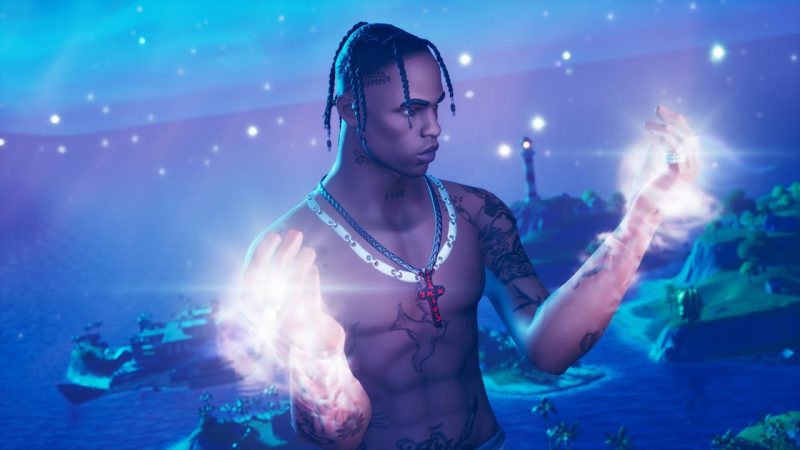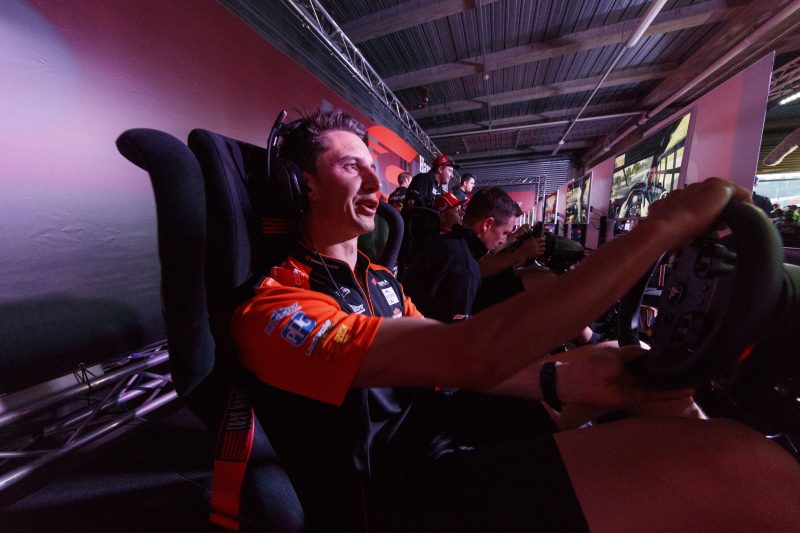Gaming’s cultural significance is being overlooked by Australian marketers targeting the next generation of consumers
A massive opportunity left waning. Misfits Management Group chief commercial officer Brad Manuel examines the importance of video games in marketing strategy.
While my parents grew up talking about black and white TV changing to colour, the birth of vinyl records and their favourite movies, gamers fondly remember playing Halo, Mario, Pokemon and Sonic the Hedgehog.
Gaming has evolved significantly from these early memories. As a global income stream, the industry generated $120 billion in 2019, more than film, TV and digital music, with Australia’s 4.6 million plus gamers scoring an average daily play time of 89 minutes for males and 71 minutes for females. Its role in popular culture is apparent, from Fortnite’s Travis Scott in-game concert that drew 12.3 million simultaneous global players, to Keanu Reeves featuring as a lead character in the newly released Cyberpunk 2077 game. Gaming has well and truly become a key medium to reach the next generation of consumers.

COVID cemented this further. The global YouGov analysis conducted in 2020 showed 44% of Australians played more games than usual during COVID, and gaming adtech is stepping in to capitalise on its increased audience. It’s a prime opportunity to add value and connect with a generation of consumers who not only are in their formative years of building brand awareness and purchasing habits, but who engage less with TV, radio, out of home and traditional media spends than any generation before them.
Given all this opportunity, why are brands and marketers in Australia so slow and cautious to consider gaming as a strategic part of the marketing mix when talking to Generation Z and millennials?
There are a few theories. One is that most marketers are neither involved in gaming personally, nor the target market for gaming marketing, creating a blind spot by unintentionally marketing to themselves or following previous plans with potentially diminishing returns.
Another is that new projects are unintentionally strangled by the media buying cycle, encouraging brands and agencies to purchase assets for an entire year in bulk to gain the largest discounts. Ultimately reducing the ability to creatively engage new markets and platforms, focusing instead on utilising pre-purchased asset allocations to deliver campaigns.
Lastly, marketers are ultimately unsure how to enter the market and traditional marketing agencies largely do not understand the space – the desire is there, but the path is unclear. Entering gaming requires specialist gaming strategy and marketing organisations – it’s not as simple as switching a portion of your TV or SVOD budget to Twitch or YouTube marketing pre-rolls. Gaming marketing works best when it is talent-led, utilises multi-channel marketing and harnesses the powerful targeting ability, expansive reach and pinpoint reporting that digital mediums excel at. Gaming has its own marketing mix, offering unique opportunities to create a narrative and share your brand’s identity, message and/or new product with a consumer, during a time they are relaxed, actively engaged and receptive to messaging. This is vital in a generation where being first and authentic to the audience is key.

Despite the size of gaming in Australia, few brands have made a concentrated effort to own the market. Here lies its untapped potential, but it’s not without work: great marketing campaigns should be strategically aligned to the brand’s objectives, authentically engaging the audience and adding value to their passion by truly understanding the range of mechanisms, levers and opportunities available across gaming.
For 90% of Australians under 30, gaming is a daily habit. Gaming is key for brands to engage with the next generation of customers. COVID-19 revealed the power of video games to marketers across the globe and true value of gaming for marketers in Australia. Understanding gaming’s cultural significance to build an authentic campaign requires deep expertise required to connect with an audience that’s forming its brand preferences. More than ever, brands can engage with gaming fans through product integration, content, talent interaction, and vitally a multi-platform, always accessible form of engagement. It couldn’t be more black and white.

Brad Manuel is the chief commercial officer of Misfits Management Group.

